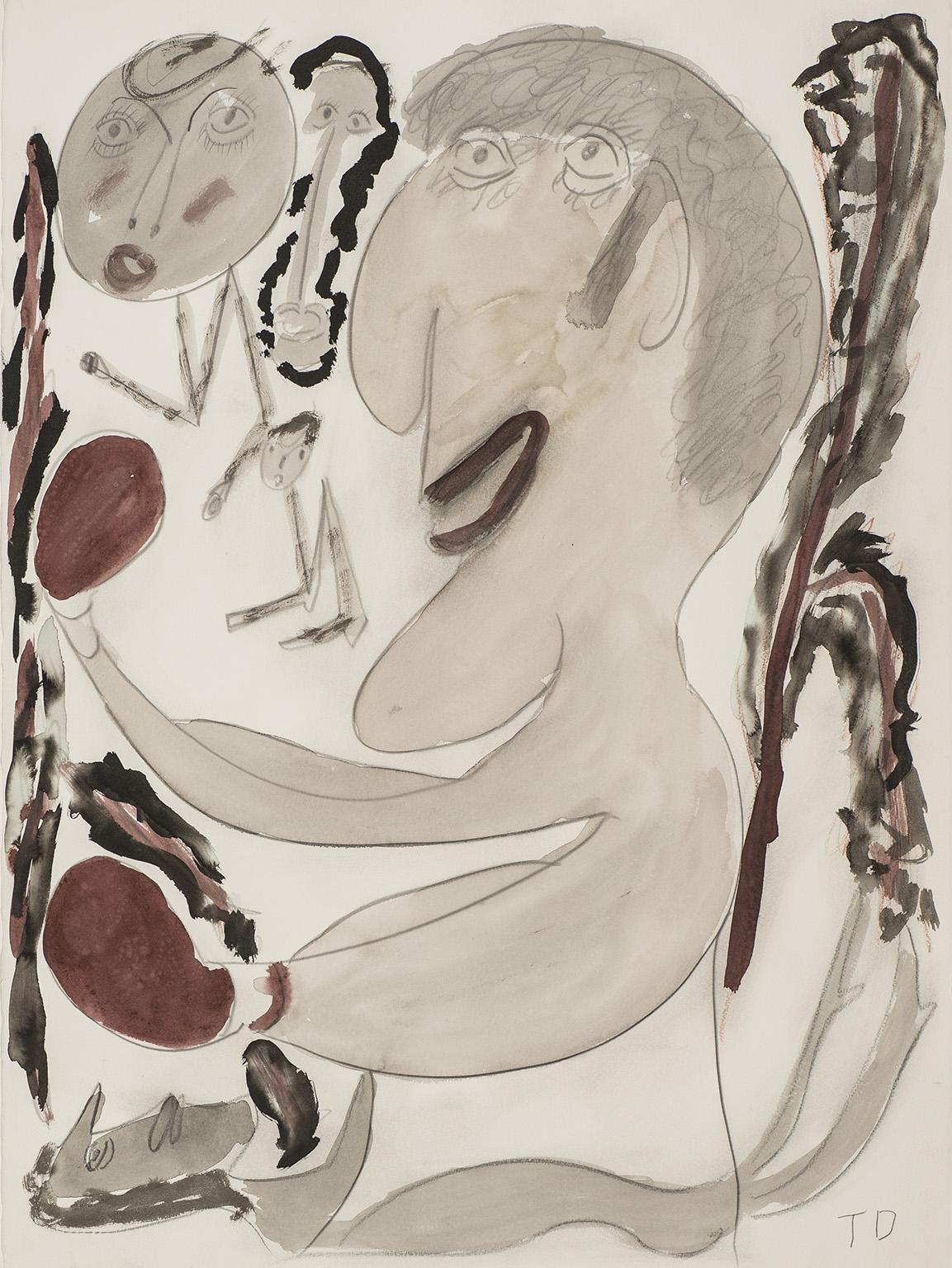Dial, Thornton
United States of America, 1928 – 2016
Thornton Dial created powerfully evocative assemblages, sculptures, collages, paintings, and drawings that reflected his personal history and events in the world. Dial had little formal schooling and did farm work as a child. When he was about 12 years old, he was sent to live with a relative in Bessemer, Ala., and he engaged in a variety of work, including carpentry and house painting, as a teen. He later became a metal worker at the Pullman Standard railroad-car manufacturing plant. Throughout his adult life he created assemblages, which he called “things,” out of found and discarded objects, possibly inspired by similar pieces made and displayed in rural front yards in parts of the South. In 1987 another folk artist, Lonnie Holley, introduced Dial to the collector William Arnett, who was on a mission to find and preserve vernacular African American art. In 1990 an exhibition of Dial’s work, “Thornton Dial: Ladies of the United States,” was mounted by Kennesaw State College (now Kennesaw State University) in Marietta, Ga. Numerous solo and group exhibitions followed, notably the traveling art show “Hard Truths: The Art of Thornton Dial,” which started at the Indianapolis Museum of Art in 2011 and concluded at the High Museum of Art in Atlanta in 2013. His notable works include the sculpture Lost Cows (2000–01), made from the bones of cattle, and Don’t Matter How Raggly the Flag, It Still Got to Tie Us Together (2003), in which bits of fabric were assembled to take on the appearance of a flag. Collections of Dial’s works were housed in such museums as the American Folk Art Museum and the Whitney Museum of American Art in New York City and the Hirshhorn Museum and Sculpture Garden and the Smithsonian American Art Museum in Washington, D.C.
